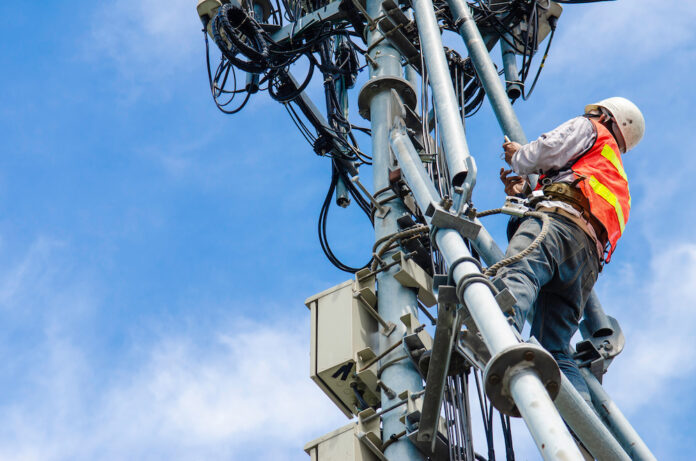Study by French regulator answers the question: 2G or not 2G?
Migrating from 2G/3G to 4G/5G technologies will give operators ongoing energy savings from year one, which will offset the premature replacement of 2G/3G devices that have been rendered obsolete.
A study by the French regulator Arcep’s technical experts committee concluded that the breakeven point between recurring energy savings and the carbon footprint created by the premature replacement of non-4G/5G-compatible devices, could be reached in only two months if only handset replacements were considered.
When adding in PoS devices, smart meters and intercoms the breakeven stretches to only six months. The regulator calculated this using a network modelled on characteristics that are representative of the infrastructures currently deployed in France.
According to Arcep, despite reducing in use, 2G/3G networks still account for between a hefty 21% and 33% of network base stations’ energy consumption, but it expects this figure to fall to around 17% by 2025. Migrating 2G/3G technologies to 4G/5G technologies will therefore enable continuous and steady energy savings.
2G and 3G networks today are used primarily for voice and machine-to-machine (M2M) services on IoT, which is making less and less use of these technologies and switching to 4G/5G.
The ubiquity of 4G, combined with the steady increase in the number of devices that are compatible with 4G services, raises the question of how relevant it is to continue to maintain 2G and 3G networks in Metropolitan France. Three of the country’s mobile network operators have already provided information on their expected timetable for shutting down their 2G/3G networks.
Mitigating the impact of shutting down
The 2G/3G shutdowns are part of a global trend. The Global Mobile Suppliers Association (GSA) identified 142 operators that have announced the forthcoming or already completed shutdown of their 2G and/or 3G networks.
And while the impact on an operator’s carbon impact seems persuasive, the regulator argued operators can mitigate the impact of shutdowns by providing enough information to allow users to adapt – and supervise the migration process. The report did not look at the cost to users who will have to switch devices or upgrade connected objects as a result.
Arcep said vendors can help as well by working to promote the sale of 4G/5G-compatible phones and connected objects once operators have announced a timetable for shutting down 2G/3G. Wide communication from operators and vendors to the public will help shift the ecosystem across too.
The regulator used the example of the automatic emergency call system installed in cars, in accordance with Europe’s e-Call regulation – all the systems newly put into service should be 4G/5G compatible.
“It is important that device resellers stop selling 2G-3G devices and instead promote VoLTE-compatible feature phones. The entire ecosystem needs to work together to pave the way for a 2G-3G shutdown, which would include stopping the sale of non 4G-compatible IoT objects and paying particular attention to proper communication with the public and businesses,” the report stated.
Report limitations
Arcep pointed out that the study only focused on carbon footprint and did have several methodological limitations, notably those tied to data availability and the chosen scope of study for connected objects – which belong to the ICT sector as defined by ITU, and do not include, for instance, on-board systems in cars or lifts.


